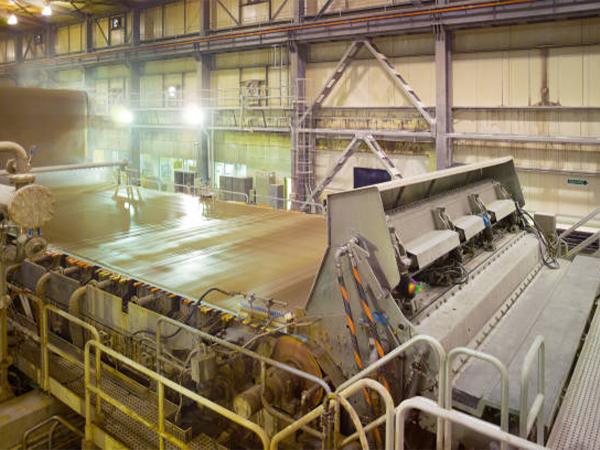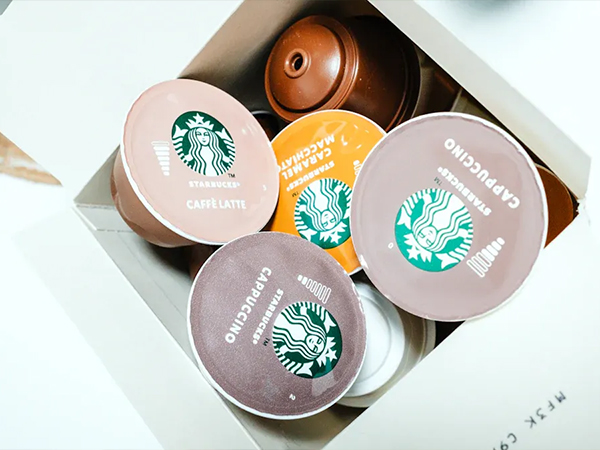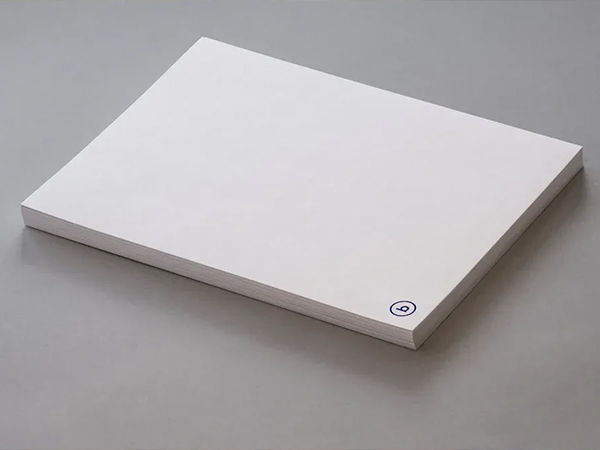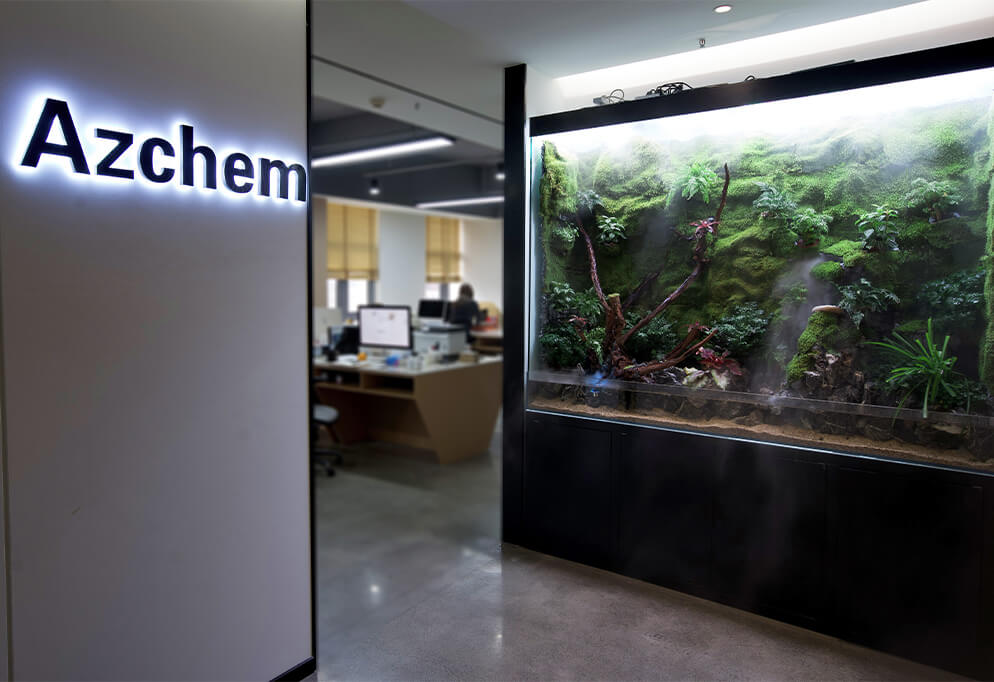1. Introduction
The manufacturing conditions in paper mills are highly conducive to microbial growth. Factors such as oxygen, pH, temperature, moisture, sunlight, and a variety of additives (including starch, retention aids, dry strength agents) as well as fibers serve as nutrients for microorganisms.
The problems caused by microbial activity and slime deposition include paper breaks, spots or holes in finished paper, spoilage of additives, mildew on pulp and paper (especially wet pulp and soap wrapping paper), clogging of felts and nozzles, machine downtime for cleaning, reduced production efficiency, equipment corrosion, and unpleasant odors in both the paper machine system and final products.
2. Microbial Control Strategies
Microbial control in paper mills mainly involves:
- Managing aerobic bacteria (bacteria and molds) on the paper machine
- Cleaning during machine shutdown
- Fast biocidal treatment in the white water system
- Preservation of stock slurry and additives
- Biocidal treatment of coating formulations
Commonly used biocides in white water systems include organic bromine and monochloramine (MCA), while preservatives like isothiazolinones and glutaraldehyde are frequently applied to pulp systems.
Among domestic tissue, packaging (kraft linerboard/white board/white top testliner), cultural, and specialty paper mills, MCA has become a preferred choice for microbial control in the wet-end due to its targeted mechanism:
NH₃ + HOCl → NH₂Cl + H₂O
The use of MCA requires strict quality standards for raw sodium hypochlorite (especially ion membrane caustic soda) and precise control of free chlorine and alkali levels. MCA was first introduced to China by global chemical suppliers such as Solenis, Nalco, and Buckman. Today, Buckman has a strong presence in China, and many domestic producers now have mature, cost-effective, and reliable production technologies for MCA.
White water systems typically monitor total chlorine and oxidation-reduction potential (ORP) values to evaluate disinfection effectiveness, along with periodic microbial culture testing.
3. Designing a Microbial Control Program
Key steps in designing an effective slime and microbial control program include:
Step 1: Problem Identification
Understand if the plant is experiencing issues like slime deposition or paper defects. Determine whether there are specific goals, such as cost reduction or compliance with food-grade spore limits.
Step 2: System Investigation
Conduct a full assessment of the system:
- Flowcharts and process maps
- Storage tank volumes
- Short-loop system capacities
- Locations and sources of shower water
- All parts of the paper machine
- Fiber, water, and chemical sources
- Dosage points and flow rates
- pH and temperature values
- Chemical types and viscosity, etc.
Step 3: Microbial Mapping
Use microbial culture and microscopy to identify contamination hotspots and slime formation regions.
Step 4: Slime Sampling and Analysis
Focus on areas like the wet end, white water recovery, pressure screens, showers, and water filters. Collect and label slime samples clearly, then examine them under a microscope to determine if they are composed of single-cell bacteria, filamentous bacteria, fungi, algae, raw materials, fillers, etc.
4. Biocide Selection and Compatibility Testing
Biocide Selection
Consider restrictions based on:
- Food safety requirements
- Regulatory approval
- pH and temperature compatibility
- Bacteria vs. fungi targets
Conduct comparative biocidal efficiency tests using real stock or white water samples at different concentrations and exposure times. Compare biocidal effectiveness against blank samples to evaluate product performance.
Compatibility Testing
Assess the impact of chosen products on:
- Color shift (L, a, b values)
- pH, viscosity, and conductivity
- Coating formulations via drawdown tests
5. Dosage and Control Points
After selecting the biocide, calculate the required dosage rate using concentration-response curves, taking into account:
- Minimum inhibitory concentration (MIC)
- Contact time
- Budgetary limits
Choose the optimal application points based on contamination areas, including:
- Broke system
- Short-loop white water
- Starch systems
- Coating pigments (kaolin, PCC)
- Warm and clarified water circuits
6. Continuous Monitoring and Shutdown Cleaning
Biocide control programs must be regularly monitored and adjusted to align with system changes. Shutdown cleaning (either acid or alkaline washing) is an essential complement to microbial control and is already a mature practice in many mills.
If you’re seeking efficient, cost-effective microbial control solutions for your paper mill — whether for wet-end systems, additives, or coatings — our team at Amazon Chemicals is here to help. With deep experience in pulp and paper chemistry, we offer customized biocide solutions tailored to your unique production needs. Contact us for more information or to schedule a consultation.






